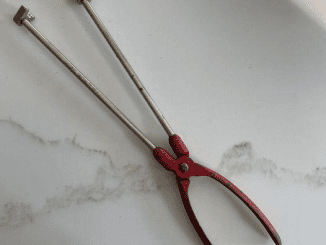Sophia Loren’s journey from a small Italian town to becoming a beloved icon of world cinema is nothing short of remarkable. As one of the most celebrated actresses of the 20th century, Loren’s charisma, grace, and undeniable talent have captivated audiences across the globe. Her life story is filled with resilience, passion, and a commitment to her craft that has made her one of the most enduring figures in film history. Here, we explore the life, career, and lasting legacy of Sophia Loren—a timeless icon of cinema.
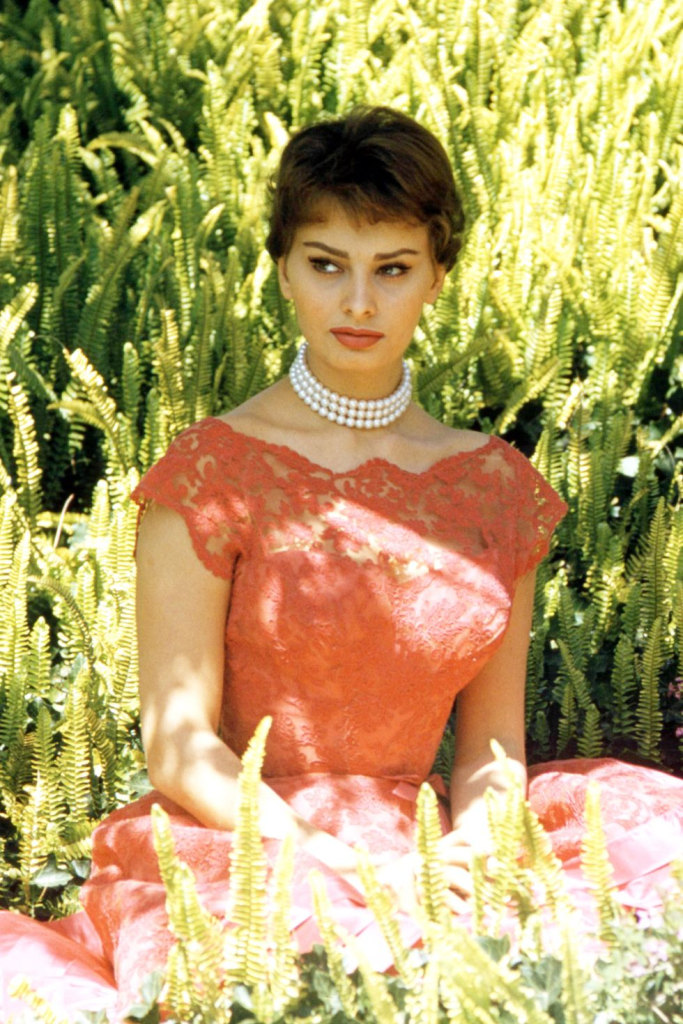
Early Life: From Poverty to Stardom
Born on September 20, 1934, in Rome, Italy, as Sofia Villani Scicolone, Loren’s early life was shaped by hardship. Her family faced severe poverty, and young Sophia grew up in Pozzuoli, near Naples, raised by her mother in difficult circumstances. Despite their struggles, her mother, a former piano teacher and actress, encouraged Loren’s passion for performance, recognizing her daughter’s unique potential.
In her teenage years, Loren participated in beauty contests, which eventually led to minor roles in Italian films. It was during this period that she met producer Carlo Ponti, who would later become her husband and play a pivotal role in her career. With Ponti’s guidance, she began to refine her acting skills and slowly transitioned from small roles to more significant parts, setting the foundation for her iconic career.
Breakthrough in Italian Cinema
Loren’s big break came in the 1950s, a transformative era for Italian cinema. As the Italian film industry flourished with the rise of neorealism, Loren found opportunities that showcased her dramatic talents and natural beauty. She quickly became one of the most recognized faces in Italian cinema, earning acclaim for her roles in films that resonated with audiences worldwide.
Her performance in “The Gold of Naples” (1954) marked a turning point, displaying her range as an actress and gaining the attention of both audiences and critics. Loren continued to work in notable Italian films, and her talent soon drew the interest of international filmmakers. By the late 1950s, she had firmly established herself as a leading figure in Italian cinema, setting the stage for her successful transition to Hollywood.
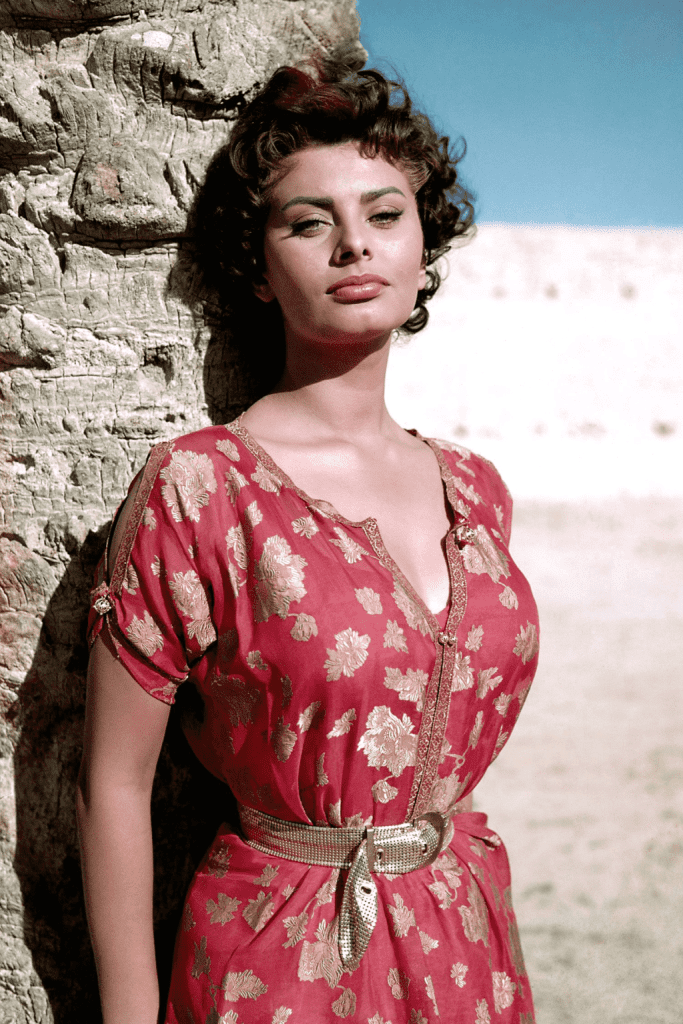
Hollywood Success and Global Stardom
Loren’s move to Hollywood in the late 1950s signified the beginning of her international stardom. She appeared alongside major Hollywood stars, including Cary Grant, Frank Sinatra, and John Wayne, solidifying her status as an international sensation. Loren’s unique blend of beauty, elegance, and talent set her apart from other actresses, making her a sought-after star in both Europe and America.
Her performances in “Houseboat” (1958) with Cary Grant and “The Pride and the Passion” (1957) with Frank Sinatra brought her to the forefront of Hollywood’s golden age. Hollywood recognized her ability to captivate audiences with her natural charm and emotive performances, and Loren quickly became a household name.

Unforgettable Roles and an Academy Award Win
One of Loren’s most defining roles came in 1960, in the Italian film “Two Women” (La Ciociara) directed by Vittorio De Sica. Loren’s portrayal of Cesira, a mother protecting her daughter in war-torn Italy, remains one of the most powerful performances in cinema history. The role earned her critical acclaim and led to her winning the Academy Award for Best Actress, making her the first actor to win an Oscar for a performance in a foreign-language film.
“Two Women” showcased Loren’s range as an actress, allowing her to convey raw emotion and vulnerability. Her Oscar win not only cemented her legacy but also marked a milestone for Italian cinema on the global stage. The role of Cesira became iconic, and Loren’s powerful performance has since influenced generations of actors.
Following her Oscar win, Loren continued to excel in both Italian and American films. Some of her notable roles during this period include “El Cid” (1961) with Charlton Heston, “Yesterday, Today and Tomorrow” (1963), and “Marriage Italian Style” (1964). Her collaboration with director Vittorio De Sica and actor Marcello Mastroianni was particularly fruitful, leading to some of the most memorable Italian films of the 1960s.
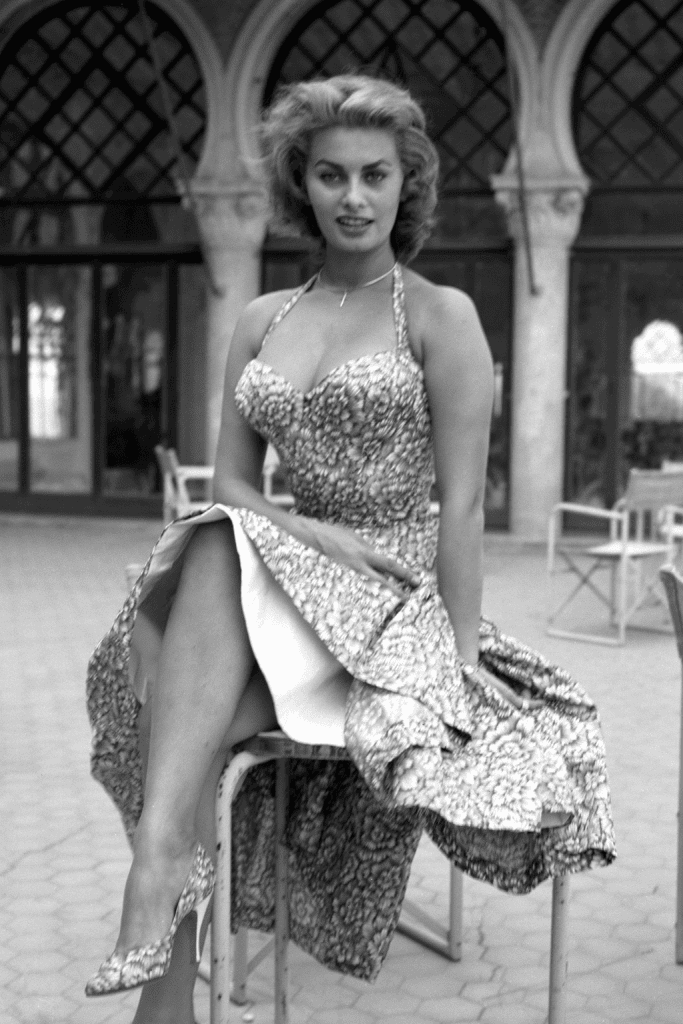
A Powerful Partnership with Carlo Ponti
Throughout her career, Loren maintained a strong personal and professional partnership with her husband, Carlo Ponti. The couple married in 1957, though due to legal complications, their marriage was not recognized in Italy until 1966. Ponti supported Loren’s career from the beginning, guiding her through Hollywood’s competitive landscape and helping her navigate the complexities of the film industry.
Their marriage lasted for over 50 years, and Ponti remained by Loren’s side until his death in 2007. Together, they raised two sons, Carlo Ponti Jr. and Edoardo Ponti, and built a life grounded in mutual respect and love. Loren’s loyalty and devotion to Ponti are a testament to the strength of their bond, which endured through both personal and professional challenges.
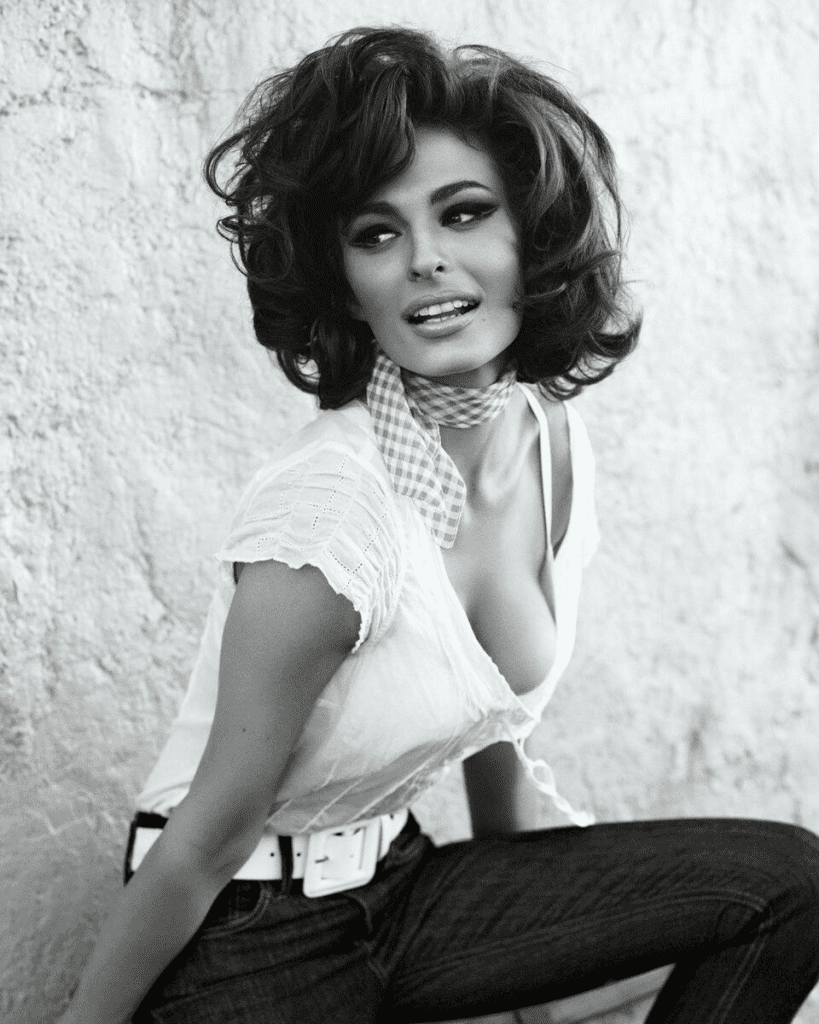
Later Career and Continued Success
Loren’s career continued to thrive into the 1970s and beyond, with performances in films that highlighted her versatility as an actress. While Hollywood trends evolved, Loren remained a constant, adapting to new genres and styles without losing her distinctive allure. Her later works included roles in films like “The Cassandra Crossing” (1976), “A Special Day” (1977), and “Ready to Wear” (1994).
In addition to her film work, Loren took on projects that celebrated her Italian heritage, including television appearances and autobiographical roles. She made a significant return to Italian cinema with “The Life Ahead” (2020), a film directed by her son Edoardo Ponti. Loren’s performance in “The Life Ahead” was widely praised, showcasing her continued ability to bring depth and emotion to her roles, even after decades in the industry.
Sophia Loren’s Style and Cultural Influence

Beyond her acting career, Loren’s sense of style and grace has made her a global fashion icon. Known for her timeless beauty, Loren brought an elegance that transcended the silver screen. Her fashion choices, often rooted in classic Italian aesthetics, continue to influence contemporary style. She became a symbol of Italian beauty and sophistication, known for her iconic hairstyles, glamorous gowns, and confident demeanor.
Loren’s image has been a source of inspiration for designers, artists, and fans around the world. From the Cannes Film Festival to the Academy Awards, her red-carpet appearances became legendary. She was never afraid to embrace bold fashion choices, embodying confidence and authenticity in every look.
Legacy and Enduring Impact on Cinema

Sophia Loren’s impact on cinema extends far beyond her films. As one of the first international superstars, Loren helped bridge the gap between Italian and American cinema, introducing audiences to the richness of Italian storytelling. Her Academy Award win was a pivotal moment for foreign-language films, setting a precedent for actors and filmmakers worldwide.
Loren’s journey from a small-town girl to a global icon serves as a source of inspiration for aspiring actors and fans alike. Her resilience, talent, and commitment to her craft exemplify the qualities of a true artist, and her influence continues to shape the film industry today.
Conclusion: Sophia Loren – A Timeless Symbol of Elegance and Strength
Sophia Loren’s life and career have left an indelible mark on the world of cinema. From her early days in Italy to her rise in Hollywood, Loren’s journey reflects the power of resilience, talent, and authenticity. She remains not only a cinematic icon but also a symbol of elegance, strength, and unwavering passion for her craft. Loren’s legacy lives on, inspiring new generations to appreciate the beauty of storytelling and the enduring magic of film.

